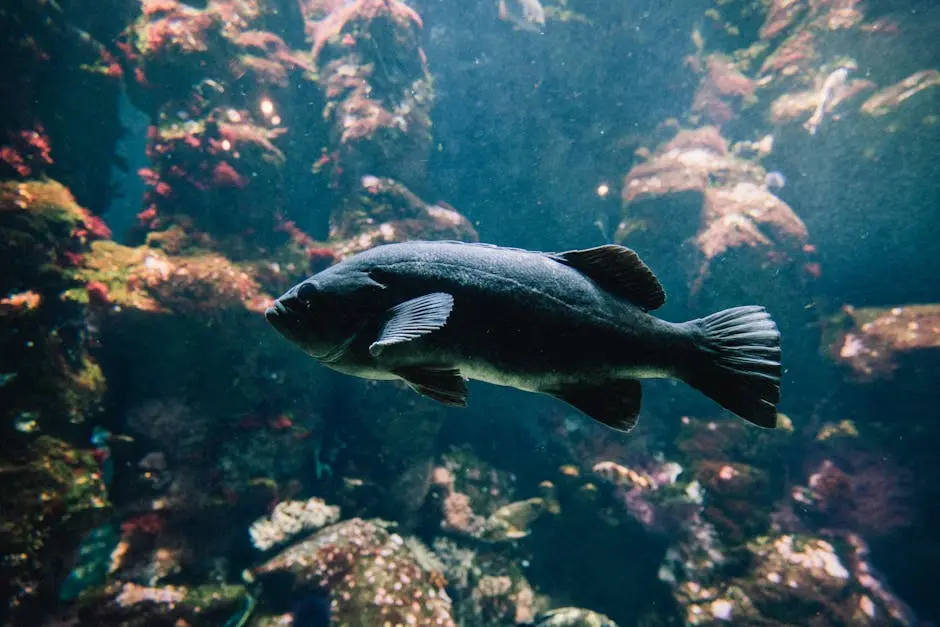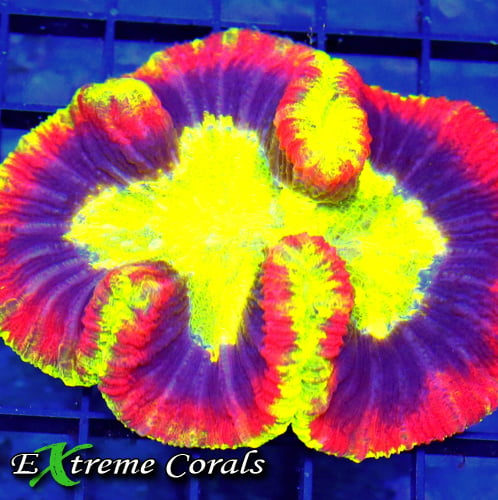Extreme Corals News and Updates
What Do I Need to Start My Own Coral Reef Tank?
A Beginner’s Guide to Building a Thriving Coral Reef Aquarium at Home
Starting a coral reef tank is a rewarding way to bring the ocean's beauty into your home, but success begins with the right knowledge and preparation. This step-by-step guide walks you through choosing the right tank size, equipment, livestock, and maintenance strategies to create a healthy, vibrant reef environment. Perfect for beginners, it covers everything from budgeting and cycling to water quality and continuous learning—so you can dive confidently into the world of reef keeping.
by scott Shiles • March 31, 2025
Reef Tank Maintenance, Reef Tank Equipment, All Corals
Starting your own coral reef tank can be an exciting journey into the captivating world of marine life. With vibrant colors and intricate ecosystems, a coral reef tank brings the beauty of the ocean right into your home. But what do you need to get started? Let's break it down step by step, so you can create a thriving environment for your coral and fish.

Understand Your Space and Budget
Evaluate where you want to place your tank and how much you're willing to invest. Space and budget will influence the size of your aquarium and the equipment you will need.
Consider not only the footprint of the tank but also the height. Fish like to swim and corals need vertical space to grow, so a tank that is taller can give you a more three-dimensional space.
It's also important to factor in the cost of ongoing maintenance. This includes everything from lighting and food to potential emergency repairs. Planning your finances thoroughly will save you stress down the line.
Ultimately, it’s about creating an enjoyable hobby space. Whether you want a small desktop tank or an impressive centerpiece for your living room, understanding your limitations is key to success.
Choose the Right Tank Size
Select a tank size that suits your space and your plans for fish and coral. A larger tank can offer more stability but may require more investment.
Think about the types of fish and coral you wish to keep. Some species thrive better in larger environments where they have more space to swim and grow, while others may do fine in smaller setups.
Also, larger tanks are often more forgiving to water parameter fluctuations, which is a critical consideration for beginners. This leads to a healthier environment for both coral and fish.
In addition, with more volume comes the ability to play around with aquascaping—creating a visually pleasing underwater landscape—all while keeping the ecosystem balanced. So, choose wisely!
Gather Essential Equipment
Equip your tank with a quality filtration system, lighting suitable for corals, heaters, and substrate. Each component plays a vital role in maintaining a healthy environment.
Your filtration system is particularly important; it not only removes toxins but also helps maintain the nitrogen cycle. A good protein skimmer can be a game-changer for coral tanks.
When it comes to lighting, choose fixtures that can provide a full spectrum suitable for photosynthesis in corals. LED lights are often the most energy-efficient and effective choice.
Additionally, don’t forget about water quality testing kits. Knowing your water parameters is essential for the health of your marine inhabitants, so investing in reliable tests is a must.
Select Your Livestock
Choose your corals and fish carefully, ensuring they are compatible with each other. Research their specific needs to create a harmonious ecosystem in your tank.
Start with hardier species of fish and coral. Beginner-friendly corals like Zoanthids or Mushrooms are less demanding and can help you learn how to manage your tank better.
Consider the space requirements and social behaviors of the fish species you choose. Some fish can be territorial, while others thrive in schools. Striking a balance will prevent conflict and stress among your livestock.
Remember, it's crucial to quarantine any new additions before introducing them to your main tank to prevent the spread of disease. This step cannot be emphasized enough for keeping your reef tank healthy.
Cycle Your Tank
Before adding any livestock, cycle your tank to establish beneficial bacteria. This process may take several weeks and is crucial for maintaining water quality.
You can cycle your tank using a couple of different methods, such as the fishless cycle or using live rock. Both methods help establish the nitrogen cycle necessary for supporting aquatic life.
Be patient—rushing this crucial step can compromise the health of your corals and fish. Monitor ammonia, nitrite, and nitrate levels frequently until they stabilize.
Once your tank is cycled, you’ll notice a significant drop in ammonia and nitrite levels, while nitrates may rise. This is the perfect time to introduce your first fish or coral!
Maintain Water Quality
Regularly test the water parameters like pH, salinity, and nitrate levels. Keeping a close eye on water quality will ensure your coral reef thrives.
You’ll want to keep pH levels stable, ideally between 7.8 and 8.4, and salinity around 1.025 specific gravity for most coral species. Small fluctuations can lead to stress among the inhabitants.
Invest in a reliable hydrometer or refractometer to measure salinity accurately. Remember, maintaining consistent water quality is one of the most important aspects of reef keeping.
Perform regular water changes to help reduce nitrate levels and replenish trace elements. This simple task is fundamental to keeping your coral vibrant and flourishing.
Continuously Educate Yourself
Join forums, read books, and connect with other reef keepers. The more you learn, the better you'll be at maintaining a beautiful and healthy coral reef tank.
Each reef tank is unique, and learning from the experiences of others can provide invaluable insight. Don't hesitate to ask questions and seek guidance as you embark on this journey.
Consider taking online courses or attending local workshops. Hands-on experience, paired with theoretical knowledge, can greatly enhance your skills as a reef keeper.
Remember, patience is key; there will be setbacks along the way. Embrace the learning curve as part of the rewarding adventure that is coral reef keeping.
Happy Reef Keeping!
By following these steps, you'll be well on your way to setting up your very own coral reef tank. Remember to do your research, stay patient, and enjoy the process as your underwater paradise develops over time.

